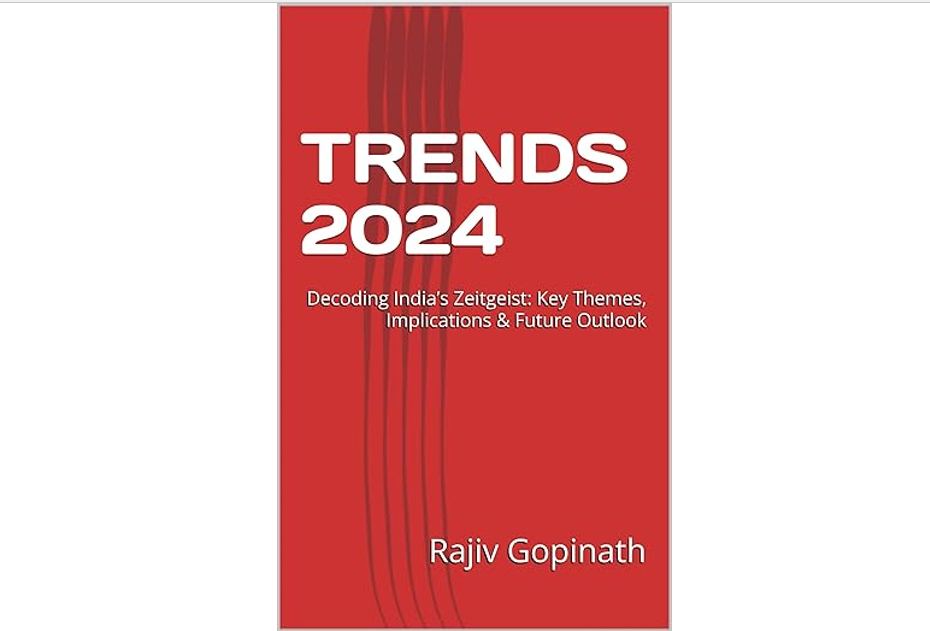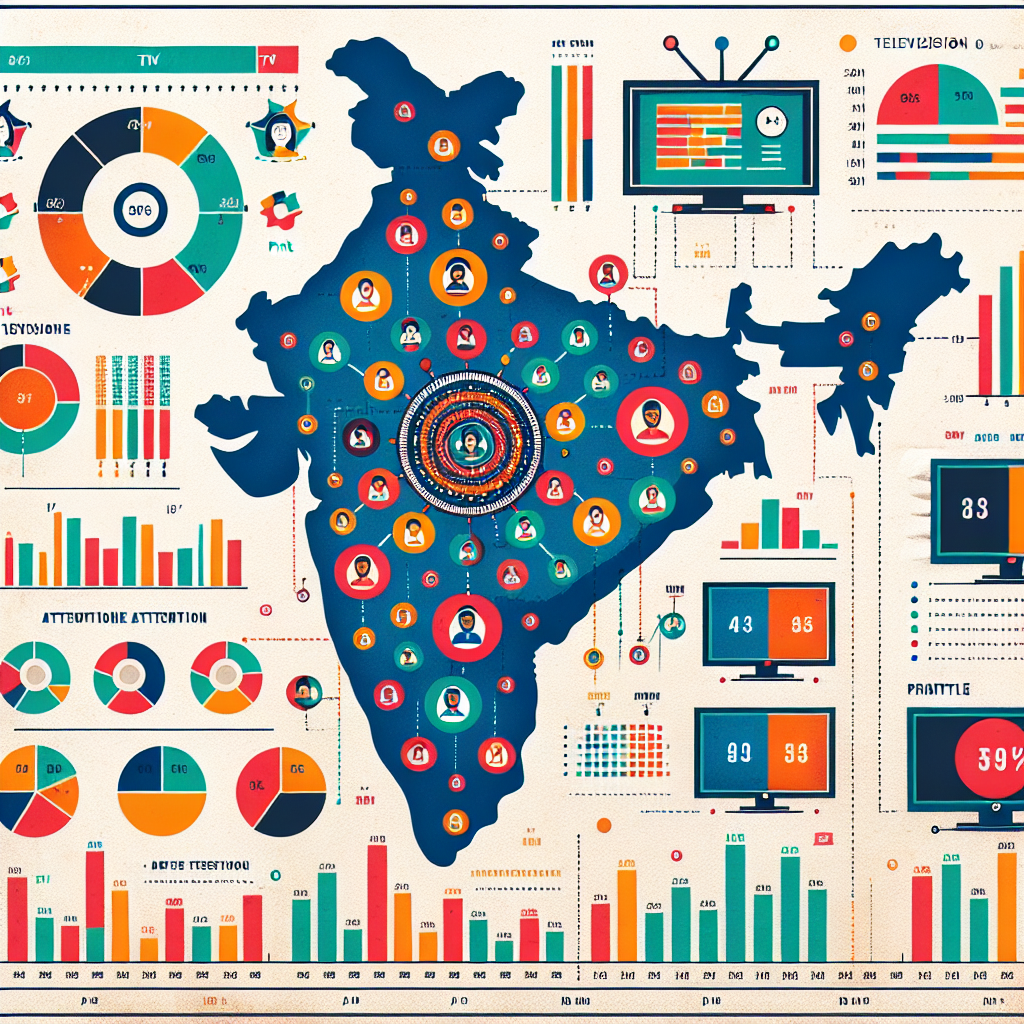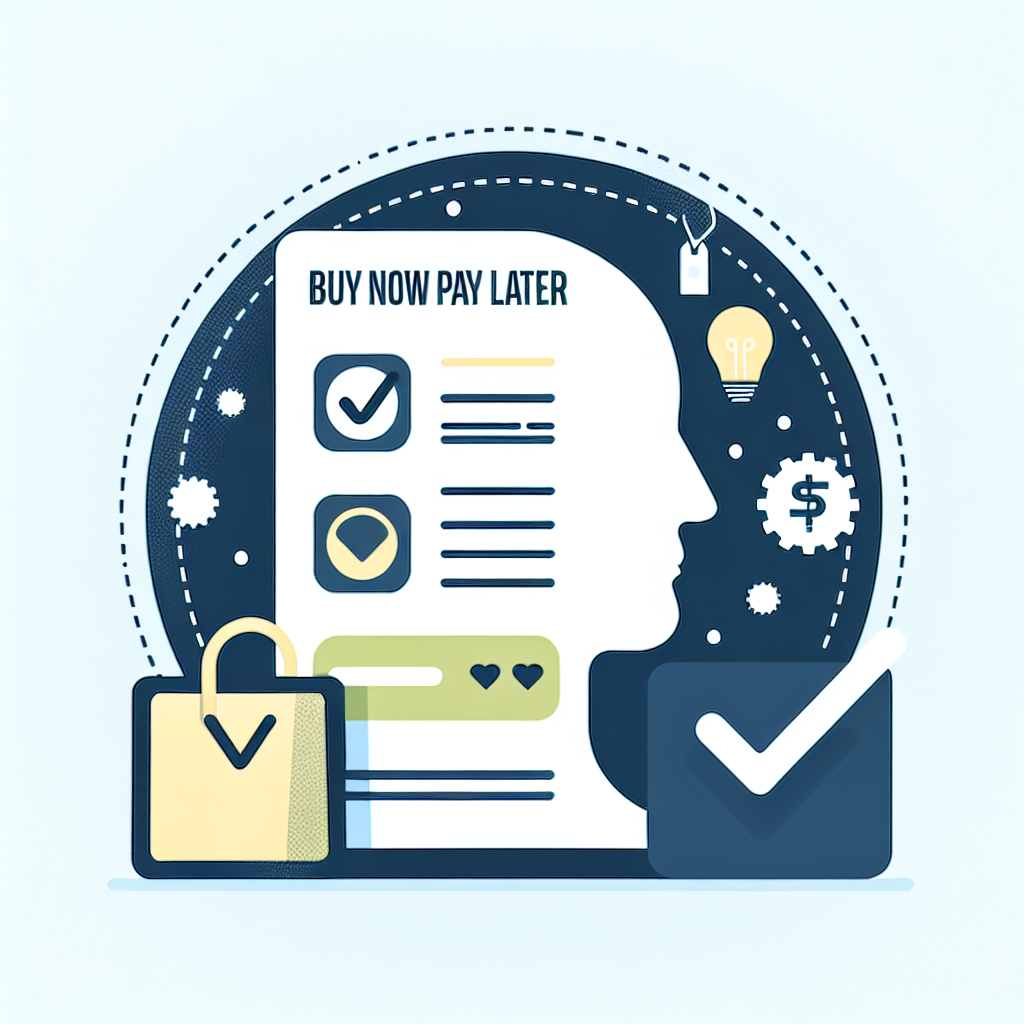Privacy UX Designing User Experiences That Encourage Data Sharing
It was a seemingly ordinary Sunday afternoon when Pedro found himself staring at yet another cookie consent banner, his finger hovering over the "Accept All" button out of pure habit. But this time, something was different. Instead of the usual wall of confusing text, he encountered a thoughtfully designed interface that clearly explained what data was being collected and why—complete with simple toggles for different types of information. Most surprisingly, Pedro found himself voluntarily sharing more data than required because the brand had created such a transparent, trustworthy experience. This moment sparked his fascination with privacy UX design. How could the same data collection request that usually triggered immediate rejection instead foster willing participation? The question led him down a rabbit hole of research into the psychology, design principles, and business impact of privacy-centered user experiences—a journey that fundamentally changed how he viewed the relationship between brands and consumer data.
Introduction
As digital privacy regulations tighten and consumer awareness grows, the traditional approach of obscuring data collection behind impenetrable legal jargon and dark patterns is rapidly becoming obsolete. Forward-thinking organizations are discovering that privacy user experience (Privacy UX) represents not merely a compliance requirement but a strategic opportunity to build trust and differentiation. By designing transparent, user-centric data collection interfaces, brands can transform the consent process from a moment of friction into one of relationship-building. This shift reflects a fundamental evolution in how businesses conceptualize data—not as something to extract by default, but as a value exchange that must be earned through trust. Understanding the principles of effective Privacy UX has become essential for organizations seeking to thrive in an era where consumer data permissions represent a new form of competitive advantage.
1. The Evolution of Privacy User Experience
Privacy UX has evolved through distinct phases, reflecting changing regulatory landscapes and consumer expectations. Initially, digital privacy was treated as a purely legal consideration, buried in dense terms of service that Harvard Business School professor Shoshana Zuboff describes as "deliberately designed to be illegible." The introduction of GDPR in 2018 sparked the second phase—compliance-focused UX that satisfied legal requirements but often prioritized company interests through manipulative design.
Today, we've entered what design ethicist Tristan Harris calls the "post-extractive era" of data collection. Research from the Nielsen Norman Group shows that 87% of consumers now consider a company's data practices before making purchasing decisions, while Deloitte found that 73% are willing to share more information with brands that demonstrate trustworthy data stewardship.
This evolution mirrors what marketing professor Katherine Milkman identifies as the broader shift from "persuasion economics" to "trust economics" in digital engagement.
2. Core Principles of Effective Privacy UX
Leading organizations are applying several key principles to transform privacy interactions:
Progressive Disclosure
Layering information to provide appropriate detail at the right moment, rather than overwhelming users with all privacy information at once.
Meaningful Choice Architecture
Offering genuine, balanced options rather than manipulative defaults, what behavioral economist Richard Thaler calls "choice without coercion."
Value Transparency
Clearly articulating the specific benefits users receive in exchange for their data.
Contextual Relevance
Requesting permissions at relevant moments in the user journey when the value exchange is most apparent.
Visual Clarity
Using design elements—white space, color, typography—to enhance comprehension of privacy information.
The Stanford Persuasive Technology Lab has found that interfaces applying these principles can increase voluntary data sharing by 32% while simultaneously improving user satisfaction scores by 47%—demonstrating that privacy-centered design can be both ethical and effective.
3. Case Studies in Transformative Privacy UX
Several organizations have reimagined privacy experiences with remarkable results:
Apple's Privacy Nutrition Labels: By translating complex data practices into simple, scannable visual formats similar to food nutrition labels, Apple increased user comprehension of app data collection by 59% according to their internal studies. This approach exemplifies what design leader John Maeda calls "computational information design"—making complex information accessible through visual simplification.
Spotify's Contextual Permission Requests: Rather than requesting all permissions upfront, Spotify explains why specific data improves the user experience at relevant moments. For example, location permissions are requested when a user searches for local concerts, with clear explanation of the benefit. This approach increased permission opt-in rates by 24% while reducing permission fatigue.
IKEA's Privacy Preference Center: IKEA redesigned their consent management platform to use plain language, intuitive visuals, and balanced choice architecture. The result was a 43% increase in users who actively engaged with privacy settings rather than simply accepting defaults, while still maintaining high opt-in rates for marketing communications.
Design psychologist Susan Weinschenk notes that these examples succeed because they "transform privacy from a moment of anxiety into a moment of agency," addressing both rational and emotional dimensions of privacy decisions.
4. The Psychology of Privacy Decision-Making
Effective Privacy UX acknowledges several psychological principles that influence consent decisions:
Cognitive Load Management
The human brain has limited processing capacity, especially for complex information. Simplifying privacy decisions reduces what psychologist Daniel Kahneman calls "cognitive tax," making thoughtful consent possible.
Control Perception
Research from Columbia Business School shows that perceived control over personal data increases willingness to share by up to 42%, even when the actual data collected remains unchanged.
Trust Signals
Design elements that signal trustworthiness—security icons, clear explanations, transparent language—activate what neuromarketing expert Roger Dooley terms the "trust pathway" in decision-making.
Endowment Effect
Framing data sharing as a choice to keep control (rather than give it up) leverages behavioral economics principles where people value what they perceive as already theirs.
Organizations like the Privacy UX Alliance have developed assessment frameworks applying these psychological insights to measure the effectiveness of privacy interactions beyond simple compliance checks.
5. The Business Impact of Privacy-Forward Design
Companies implementing advanced Privacy UX are discovering measurable business benefits beyond compliance:
Customer Acquisition
Brands with transparent data practices are experiencing what Forrester Research identified as the "privacy dividend"—a 7-18% higher conversion rate on initial engagements compared to competitors with standard approaches.
Data Quality Improvement
When users understand why information is being collected, they provide more accurate data. Accenture found that clearly explained data collection resulted in 22% fewer false or placeholder responses in form submissions.
Reduced Abandonment
Optimized privacy experiences show significantly lower abandonment rates during registration flows—what McKinsey terms the "privacy-retention connection."
The World Economic Forum now recognizes privacy experience design as a key component of corporate digital responsibility, identifying it as a factor that will increasingly influence brand value in the coming decade.
Conclusion
Privacy UX represents a profound shift in the relationship between organizations and consumer data. By treating privacy not as a legal hurdle but as an opportunity for transparency and trust-building, companies can transform compliance requirements into competitive advantages. As Stanford privacy economist Alvin Roth notes, "We're witnessing the emergence of a new marketplace for privacy, where transparency and user control become the currency that unlocks data sharing."
The organizations that thrive in this new landscape will be those that recognize privacy interactions as strategic touchpoints—moments where thoughtful design can simultaneously honor user agency, build brand trust, and create sustainable data relationships.
Call to Action
For organizations seeking to elevate their approach to Privacy UX, three priorities emerge:
- Audit your current privacy touchpoints through the lens of user experience, identifying opportunities to transform compliance elements into trust-building interactions.
- Invest in cross-functional collaboration between legal, design, and marketing teams to create privacy experiences that satisfy regulatory requirements while enhancing the customer journey.
- Develop clear metrics for privacy experience effectiveness that go beyond compliance to measure impact on trust, data quality, and business outcomes.
By reimagining privacy as an experience rather than merely a policy, organizations can build the foundation for ethical, sustainable data relationships in an increasingly privacy-conscious world.
Featured Blogs

TRENDS 2024: Decoding India’s Zeitgeist: Key Themes, Implications & Future Outlook

How to better quantify attention in TV and Print in India

AI in media agencies: Transforming data into actionable insights for strategic growth

How the Attention Recession Is Changing Marketing

The New Luxury Why Consumers Now Value Scarcity Over Status

The Psychology Behind Buy Now Pay later

The Rise of Dark Social and Its Impact on Marketing Measurement

The Role of Dark Patterns in Digital Marketing and Ethical Concerns








